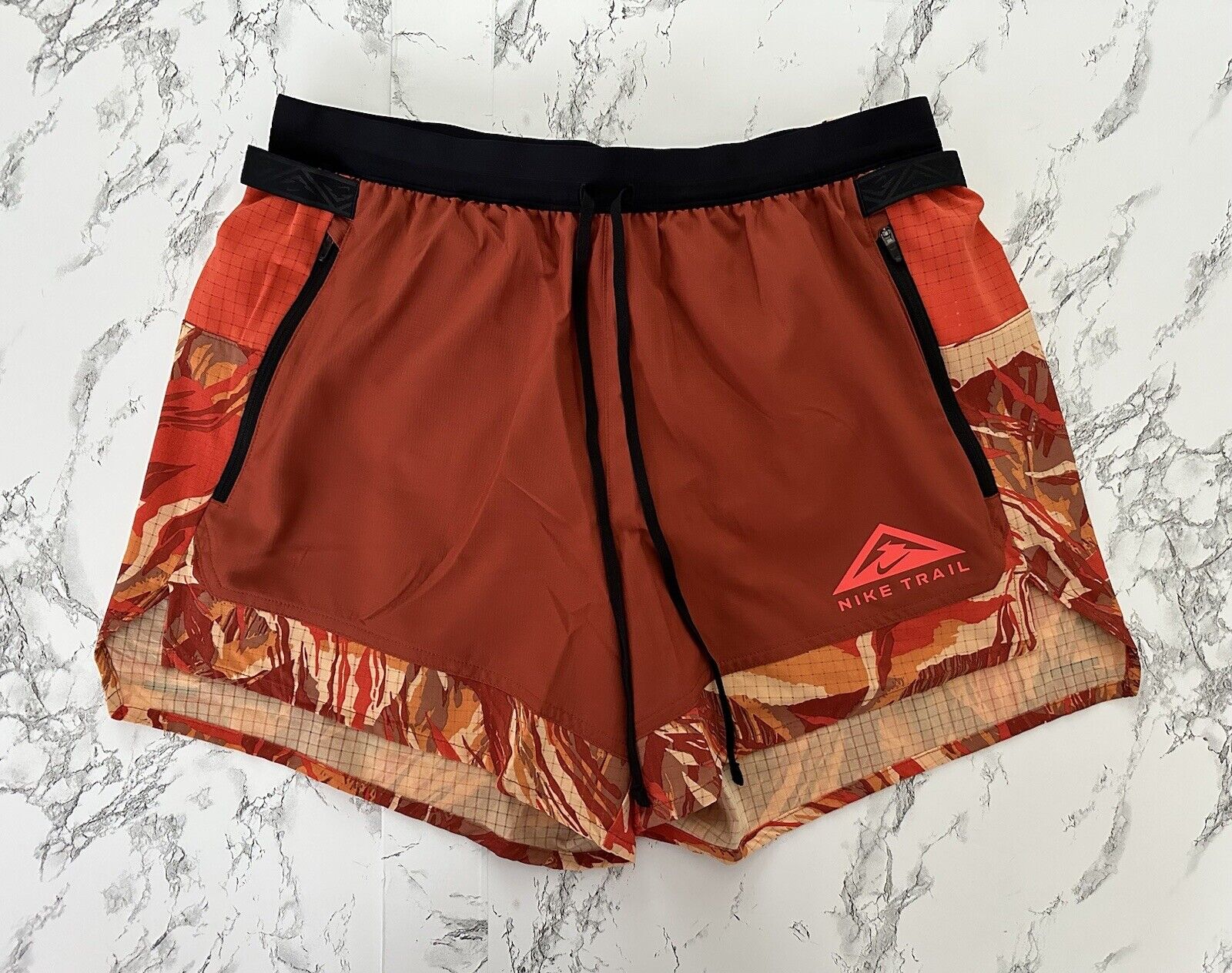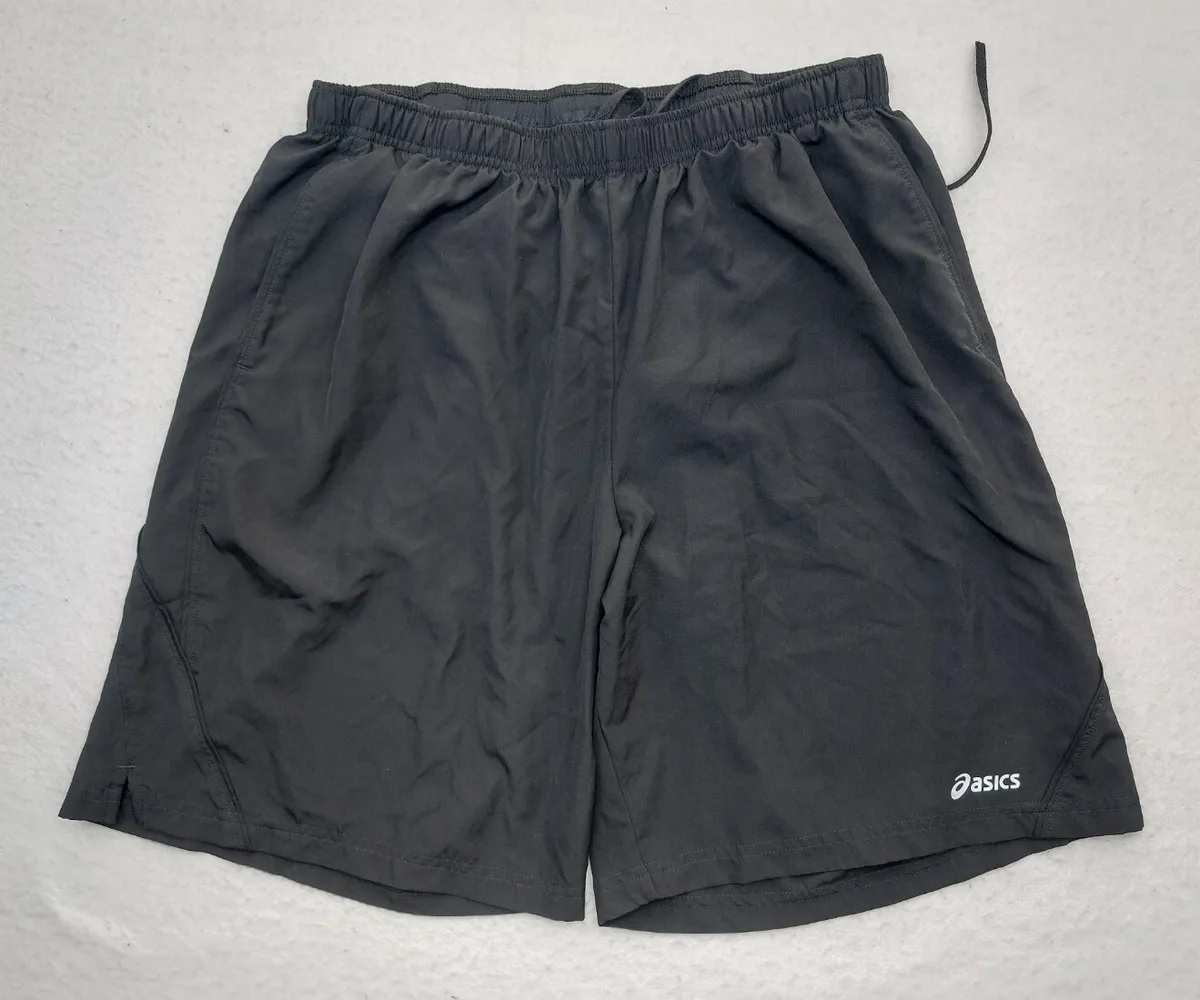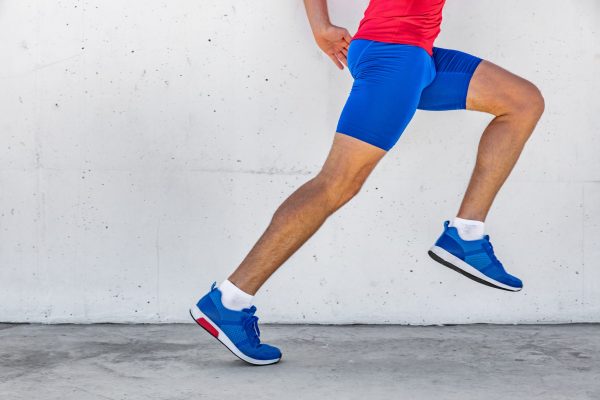Home>Shop by Feature>Tight Running Shorts>Are Athletic Shorts Supposed to be Tight? A Comprehensive Guide for Runners


Tight Running Shorts
Are Athletic Shorts Supposed to be Tight? A Comprehensive Guide for Runners
Modified: January 22, 2024
Uncover the factors to consider when deciding on the tightness of athletic shorts in this comprehensive guide for runners. Discover how to strike the right balance between snugness and comfort based on your personal preferences, body type, and running goals.
If you’re new to running or you’ve been at it for years, you may have stumbled upon the question that leaves many scratching their heads: Are athletic shorts supposed to be tight? This debate stretches far and wide, with proponents on both sides. The short answer is that it largely depends on personal preference, purpose, and comfort. However, to fully comprehend the matter, we need to dive deeper.
Running Shorts: Purpose and Design
Before we delve into the specifics, it’s essential to understand the purpose and design of running shorts. These are athletic wear specifically engineered to provide runners with the most comfort, mobility, and functionality possible during their run.
- Material: Typically, running shorts are made of lightweight, breathable fabrics such as polyester, nylon, or a blend of these. This material helps wick sweat away from the body, preventing chafing and discomfort.
- Cut: Athletic shorts come in a variety of cuts and lengths, from shorter splits to mid-length or longer designs. Each style offers different benefits for different types of runners.
- Built-in Underwear: Many running shorts come with built-in briefs or liners. These provide extra support and eliminate the need for additional layers that may cause friction or discomfort.
The Case for Tight Athletic Shorts
In one corner of our debate are the tight athletic shorts, often referred to as compression shorts. This style hugs the body closely, supporting the muscles and reducing vibrations during your run. Here’s why many runners swear by them:
- Reduced Muscle Fatigue: By providing support and reducing muscle oscillation, tight shorts may help lessen muscle fatigue, allowing you to run longer and recover faster.
- Improved Circulation: The snug fit of compression shorts can boost blood circulation, which helps deliver oxygen to your muscles more efficiently.
- Prevention of Chafing: Tight shorts minimize skin-to-skin and fabric-to-skin friction, which can prevent uncomfortable chafing during long runs.
- Body Temp Regulation: In cold weather, tight shorts help keep muscles warm, reducing the risk of strain or injury.
The Argument for Loose Athletic Shorts
In the other corner are the loose athletic shorts, also known as traditional running shorts. These are typically roomier and more relaxed, offering their unique set of advantages:
- Freedom of Movement: Loose shorts don’t restrict movement, which can be particularly beneficial for long-stride runners or those who prefer a freer feel.
- Cooling: The loose nature of these shorts allows for better air circulation, keeping you cool during hot weather runs.
- Comfort: Many runners find the non-restrictive fit of loose shorts to be more comfortable, especially for casual or long-distance runs.
Making Your Choice: Tight or Loose?
Choosing between tight and loose running shorts comes down to a matter of personal preference and your specific running needs. Ask yourself these questions:
- What is my primary running environment?
- What distances do I typically run?
- What’s my personal comfort preference?
- Do I have any specific needs or concerns such as chafing, muscle support, etc.?
Remember, comfort is key. The best running shorts are the ones that make you feel most comfortable, supporting your performance, not detracting from it.
Conclusion
Are athletic shorts supposed to be tight? The answer is not a one-size-fits-all. Whether you choose tight or loose shorts depends on your personal comfort, running style, and environmental conditions. Both styles have their pros and cons, and the best option is often a matter of personal preference. So try on different types and run in them. Ultimately, the shorts that feel the best will likely support your performance the best.
Frequently Asked Questions
Are there any health risks associated with wearing tight athletic shorts?
No, there are no inherent health risks associated with wearing tight athletic shorts. However, they must fit correctly – not too tight to cause discomfort or restrict movement.
Can wearing tight athletic shorts improve my running performance?
While some runners find that compression shorts reduce muscle fatigue and aid in quicker recovery, the overall impact on performance varies from person to person. There is no definitive scientific consensus that tight shorts can significantly improve running performance.
Is it necessary to wear underwear with running shorts?
Many running shorts come with built-in liners or briefs, eliminating the need for additional underwear. However, this largely depends on your personal comfort preference.
What are the best materials for running shorts?
Running shorts are typically made from lightweight, breathable materials such as polyester and nylon. These materials help wick sweat away from the body to prevent chafing and provide comfort during your run.
How do I care for my running shorts?
Most running shorts should be machine washed in cold water and tumble-dried on low heat. Always check the garment’s care label to ensure you’re not damaging the material.





